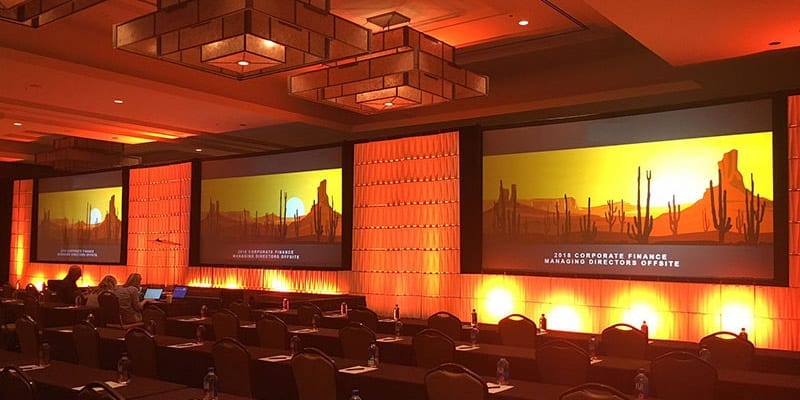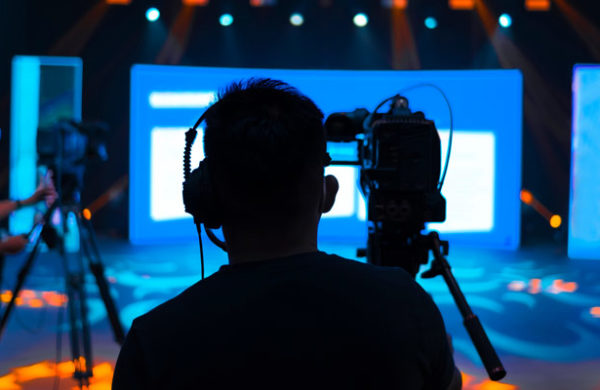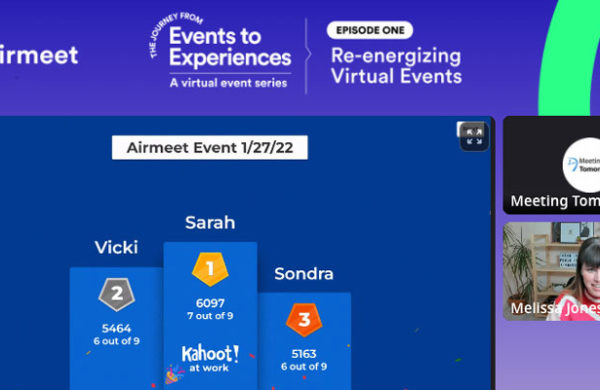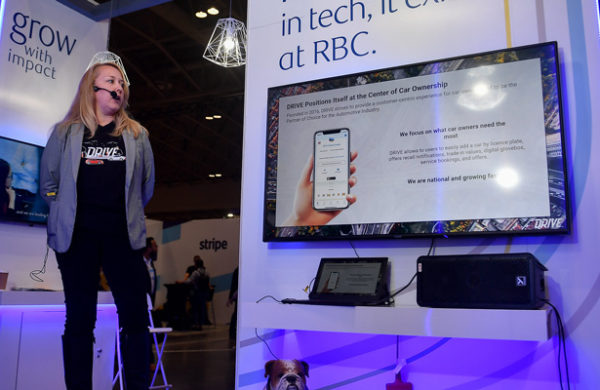
From film, theatre and media to events and presentations, lighting has always played a critical role in directing audience attention. Lighting, especially when in the hands of an experienced AV company or technician, can create ambiance and can boost audience engagement by framing and making transitions from topic to topic seamless from start to finish.
Below are 6 cost-effective ways to take advantage of lighting that you might find useful as you plan your next event.
1. Stage wash
If you want to add a clearly highlighted area to a room or to a specific area, consider using stage wash. A stage wash uses conventional lighting fixtures with no color or texture and can help presenters hold the room’s attention. If you don’t have conventional lighting fixtures handy, or to keep down your costs and avoid regulations, especially the insurance associated with hanging or "rigging" lights, a stage wash can be ground supported on stands at the back of the room.
2. Back lighting
When you’re looking to really boost the presence of anyone standing in front of the camera, a good tactic to use is to apply back lighting. Using back lighting – or lighting that’s positioned upstage – can prevent speakers from looking flat due to light coming from the front only. This tactic can be especially helpful if there are cameras and media involved in your event, as back lighting is a simple solution to sharpening and improving the quality of camera images.
3. Uplights
If you’re looking for a way to add color to walls or to really punch up an area within a backdrop, uplights might be a good option for you. While uplights are not designed to be a main source of illumination, they are a great artistic tool used to create atmosphere. Uplights are typically placed on the ground in front of drapes, walls, scenic elements or other surfaces and may use color filters or LED fixtures. The trick is to point lights up and directly onto surfaces to change the look and feel of the room, because the colors in the uplights can then change at the push of a button, acting as a visual cue to your audience to take a look.
4. Moving lights or automated fixtures
When you want to dramatically change how a room feels and looks, and don’t want to spend as much as a projection mapping or large custom scenic solution, pre-programmed moving lights and automatic fixtures are another really useful approach. When considering moving lights, your AV provider may also incorporate hazing or beams of light that wave through the air. Please keep in mind that while these are relatively safe and inexpensive, hazing may affect smoke detection systems. Be sure you ask your AV partner if they are familiar with venue regulations and policies in advance of your event. Depending on the scenario, costs for moving lights can be offset by automation and remote control. This is another thing that you might want to discuss with your event partner and lighting designers.
5. Custom gobos or patterns
The most important word here is custom. A gobo is a stencil or pattern on a piece of metal or glass that is branded or designed to meet an organization’s communication needs, then placed into a theatrical light like a lens to produce desired images. These can produce shapes like your logo or patterns that are meaningful for your company or audience to create more dimension on steady fixtures at your event. Gobos are most commonly used on walls but also can be used on ceilings, pillars and floors. These custom patterns can be placed in a wide variety of lights, including moving lights, making them a pretty versatile lighting tool.
6. Followspots
If your main goal is to increase audience engagement for your presenters, followspots might be a good tactic to deploy. Many presenters will walk or pace as they speak to make eye contact when possible and connect with all sides of the room. This creates a demand for lighting that can track a presenter as they move about the stage. Followspots, traditional spotlights operated by technicians, are the most practical way to ensure that presenters are well lit as they share thoughts while on the move. Followspots may require some sort of raised platform or scaffold, which works best when positioned and operated from the back of the room.
Be serious about setting the tone
The importance of good lighting should not be taken lightly. An experienced event planer should be contacted to help install lighting that sets the mood and places viewer attention wherever a presenter may need it to meet their organization’s goals and objectives. Hopefully these lighting techniques were useful to think about as you work on planning your current or next event. If you would like to chat about more ideas and out-of-the-box solutions for lighting contact MT at (877) 633-8866!
Want more helpful event AV tips? Download our free eBook, “AV 101 for Meeting Planners and Event Professionals.”


